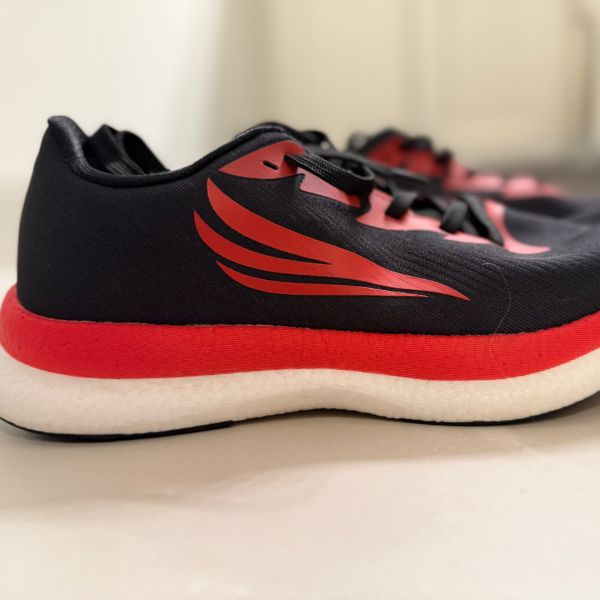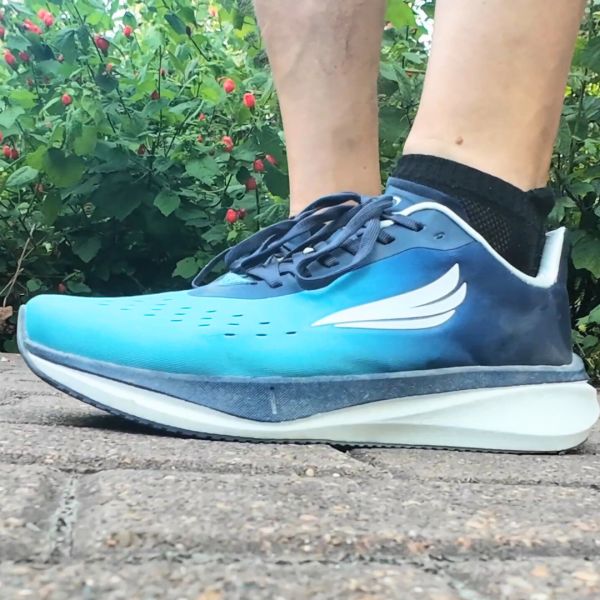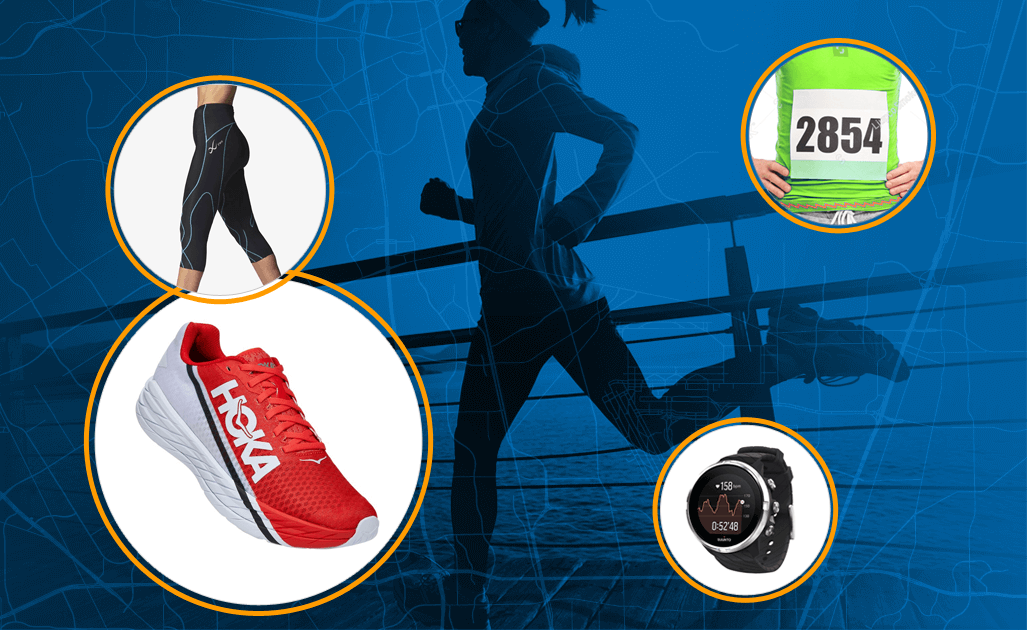How often should you replace running shoes?
😲You know, do you...
❌FYI...there's no one-size-fits-all answer (It depends).
✅But there are a few things you can watch for to keep your feet (and your body) happy to run mile after mile.
In this article, WeeViews Ambassador and ultrarunner Evan Jensen will show you 5 checkpoints that can help you decide if it's time for new running shoes...
When I headed out for a casual 8-mile run in a well-worn pair of HOKA Challenger ATRs, the number of miles on the shoe didn't even cross my mind...
But it should have.
🏃♂️ By the time I slipped into these shoes for a regular run from city-to-rural and back, they'd already covered a lot of ground from road to trail, including:
I slipped on the shoes, laced up and headed out the door on an easy mostly-road run.
🏃♂️ Almost right away, the shoe felt...
🏃♂️ Maybe it will work itself out, I thought.
Frustrated, I started going through a checklist in my mind trying to figure out where my training could be falling short.
🏃♂️ How often should you replace running shoes?
There's more than one way to gauge the RIP-date of your running shoes.
After running marathons and ultras for 25 years, here's what I look for...
If you've covered more miles in a single pair of running shoes than the elusive Bigfoot has across the Pacific Northwest where I live, chances are pretty good it's time to retire those bad boys.
📈 Mileage has been the standard for measuring running shoe longevity for years.
👟 However, not all running shoes are created equal.
Especially with max-cushioned shoes and the growing number of mid-sole compounds used in running shoes besides EVA foam.
🏃♂️ Should you replace your running shoes like clock work after 300 to 500 miles?
If you're not experiencing anything like I did in the trashed HOKA Challengers, you can probably keep those shoes in your rotation a little longer.
Here's another great way to determine if there's life left in your running shoes?
👟 Take a closer look at the outsole.
You can see some major wear in these three shoes, especially on the:
While I'm a fairly neutral runner, wear patterns overtime reveal a lot about your foot strike, push-off, and pronation.
😲 Excessive wear to the outsole of a running shoe can compromise performance.
For example:
👀 Make it habit to inspect the outsole of your shoe periodically.
Look for wear patterns that match your foot-strike and push-off.
If these areas show major wear, it might be time to replace your running shoes.
👟 What if the upper part of a running shoe is trashed?
If you can still tie the shoes or cinch to get a snug fit, and the wear pattern is moderate, you can still get some miles out of the shoe.
After all, some ultra runners cut holes in the top of shoes to make more room in the toe box.
😃 You know the feeling when you step into a new pair of running shoes?
A big piece of the experience is the midsole, EVA foam, or some other proprietary composite of material running shoe companies are using to help you go the distance.
📈 If you've ran a lot of miles in a pair of shoes...
👉 There's a good chance it's the midsole material compressing and breaking down...
These are often a tell-tale sign it's time to replace your running shoes.
In my experience, the midsole (and cushioning) in shoes with a bigger stack height (max cushioned shoes), can last a lot longer than running shoes with a lower profile.
😭 Ever go for a run and start to feel some new aches and pains that weren't there before?
You know...
☠ Yes. These could all be signs of bigger issues related to overtraining and biomechanical issues.
👟 But if you're running fine one day, and then feeling new aches and pains the next that weren't there before, take a closer look at your running shoes:
🦵 That naggy-knee feeling I had running in the worn-out HOKAs went away after running in newer shoes.
😃 And I know new running shoes have helped lots of runners in the same way.
😃 You don't actually need them, but...
Is it time to retire those running shoes?
Here's what I think after running marathons and ultras for 25 years...
Tell us about it in the comments.

Login to your account to leave a comment.





We Want to Give it to You!
